Home>Technology>Smart Home Devices>How To Change Paper Type On HP Printer
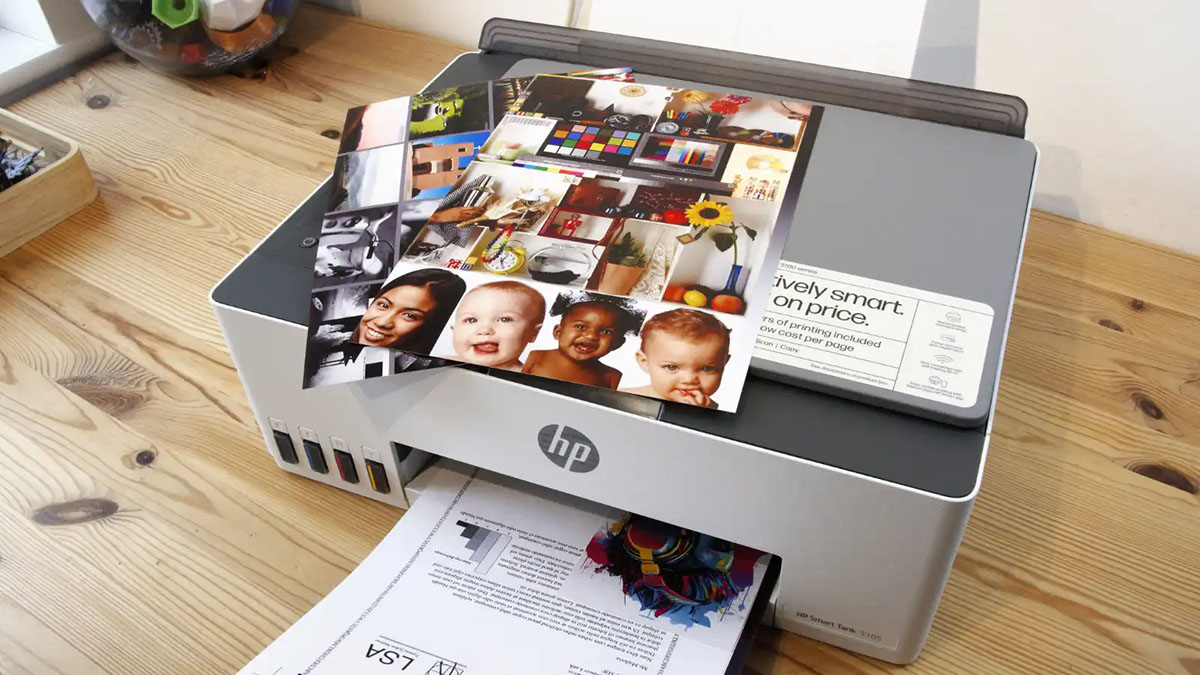

Smart Home Devices
How To Change Paper Type On HP Printer
Modified: January 14, 2024
Learn how to change paper type on your HP printer to ensure optimal printing for your smart home devices. Follow our step-by-step guide for easy setup.
(Many of the links in this article redirect to a specific reviewed product. Your purchase of these products through affiliate links helps to generate commission for Storables.com, at no extra cost. Learn more)
Introduction
In the realm of modern technology, the evolution of printers has been nothing short of remarkable. With the advent of smart home devices, printers have seamlessly integrated into the interconnected web of our daily lives. Among the leading brands in this domain, HP has consistently delivered cutting-edge printers equipped with advanced features to meet the diverse needs of consumers.
One fundamental aspect of printing is the choice of paper type, which significantly influences the quality and appearance of the printed materials. Whether it's glossy photo paper for capturing precious memories or matte paper for professional documents, selecting the appropriate paper type is crucial for achieving optimal printing results. In this comprehensive guide, we will delve into the process of changing the paper type on an HP printer, ensuring that you can harness the full potential of your printing endeavors.
By understanding the intricacies of paper type compatibility, navigating the printer settings, and conducting a test print, you will be empowered to elevate the quality of your printed materials. Let's embark on this journey to unlock the capabilities of your HP printer and unleash the full spectrum of printing possibilities.
Key Takeaways:
- Embrace the versatility of your HP printer by changing paper types to achieve vibrant images and professional documents. Ensure compatibility, adjust settings, and test for exceptional print quality.
- Navigate the seamless process of changing paper types on your HP printer to unlock a world of creative possibilities. From glossy photos to professional documents, optimize settings for exceptional results.
Checking Paper Type Compatibility
Before embarking on the process of changing the paper type on your HP printer, it is essential to ensure that the selected paper type is compatible with your specific printer model. HP printers are engineered to accommodate a wide array of paper types, ranging from standard A4 sheets to specialized photo paper designed for vibrant image reproduction.
To verify the compatibility of the desired paper type, refer to the printer's manual or visit the official HP website for comprehensive information regarding supported paper types. Additionally, the packaging of the paper typically includes details about its compatibility with various printer models, providing valuable insights into the suitability of the paper for your specific printer.
Furthermore, some HP printers feature an intuitive display screen that offers guidance on compatible paper types, ensuring a user-friendly experience when selecting the ideal paper for your printing needs. By cross-referencing the information from these sources, you can confidently ascertain the compatibility of the chosen paper type with your HP printer, laying the groundwork for seamless printing operations.
Understanding the compatibility of paper types with your HP printer is a pivotal step in the journey toward optimizing your printing experience. By conducting this preliminary assessment, you can proceed with confidence, knowing that the selected paper type aligns harmoniously with the capabilities of your HP printer, ultimately culminating in exceptional print quality and performance.
Changing Paper Type on HP Printer
With the ever-expanding repertoire of printing materials available, the ability to adapt the paper type on your HP printer is a valuable skill that empowers you to cater to diverse printing requirements. Whether you are transitioning from standard paper to glossy photo paper for a special project or switching to matte paper for professional documents, the process of changing the paper type on an HP printer is designed to be user-friendly and efficient.
To initiate the paper type change, begin by accessing the printer's control panel or navigating to the printer settings on your computer. Depending on the model of your HP printer, the specific steps for accessing the paper type settings may vary. However, a common approach involves selecting the "Paper Type" or "Media" option within the printer settings menu.
Once you have located the paper type settings, you will be presented with a range of options corresponding to different paper types supported by your HP printer. From glossy and matte to cardstock and envelopes, the diverse array of paper types caters to an extensive spectrum of printing needs, ensuring that you can seamlessly adapt the printer to accommodate varying materials.
Upon selecting the desired paper type, the HP printer will calibrate its internal mechanisms to optimize the printing process according to the specific attributes of the chosen paper. This meticulous calibration contributes to the preservation of print quality and the prevention of potential issues that may arise when using incompatible paper types.
The ability to effortlessly change the paper type on your HP printer exemplifies the adaptability and versatility of modern printing technology. By harnessing this capability, you can unleash the full potential of your HP printer, transcending conventional printing boundaries and delving into a realm of boundless creativity and precision.
To change the paper type on an HP printer, open the printer properties or preferences on your computer, select the paper type or media type option, and choose the appropriate paper type from the drop-down menu. Then, click apply or OK to save the changes.
Adjusting Printer Settings
Once the paper type on your HP printer has been changed to align with your specific printing needs, it is imperative to adjust the printer settings to optimize the printing process for the newly selected paper type. This crucial step ensures that the printer operates in accordance with the unique characteristics of the chosen paper, thereby enhancing print quality and minimizing the risk of potential issues.
When adjusting the printer settings, consider factors such as print quality, paper size, and paper thickness to tailor the printing parameters to the precise requirements of the selected paper type. Within the printer settings menu, you will typically encounter a range of customization options that enable you to fine-tune the printing process according to the attributes of the chosen paper.
One of the pivotal settings to consider is print quality, which dictates the level of detail and clarity in the printed output. For photo paper, selecting a higher print quality setting can accentuate the vibrancy and depth of colors, resulting in stunning, lifelike images. Conversely, for standard documents, a balanced print quality setting can optimize the printing process for text and graphics, striking a harmonious equilibrium between clarity and efficiency.
Additionally, adjusting the paper size setting is essential to ensure that the printer accurately processes the dimensions of the chosen paper type, preventing misalignments and inconsistencies in the printed output. By specifying the correct paper size, you uphold the integrity of the printing process, culminating in precise and professional-looking prints that reflect meticulous attention to detail.
Moreover, for paper types with varying thickness levels, such as cardstock, envelopes, or specialty photo paper, adjusting the paper thickness setting within the printer settings menu is crucial. This customization allows the printer to accommodate the unique characteristics of the paper, facilitating seamless and optimized printing operations without compromising on quality or performance.
By meticulously adjusting the printer settings to harmonize with the selected paper type, you elevate the printing experience to new heights of precision and excellence. This meticulous customization not only ensures optimal print quality but also exemplifies the adaptability and versatility of HP printers in accommodating a diverse array of printing materials.
Testing the New Paper Type
Following the adjustment of the paper type and printer settings on your HP printer, it is imperative to conduct a thorough test to evaluate the performance and print quality with the newly selected paper type. This pivotal step serves as a validation of the meticulous adjustments made to the printer settings and ensures that the printing process is optimized to deliver exceptional results.
To commence the testing process, initiate a test print using a sample document or image that encapsulates the typical content you intend to print using the newly selected paper type. This enables you to gauge the accuracy, clarity, and overall quality of the printed output, providing valuable insights into the printer’s adaptation to the specific attributes of the chosen paper.
As the test print emerges from the HP printer, scrutinize the details with a discerning eye, assessing factors such as color vibrancy, text clarity, and overall precision of the printed content. By meticulously evaluating these elements, you can ascertain whether the printer has successfully adapted to the nuances of the selected paper type, thereby validating the efficacy of the paper type change and the corresponding adjustments in printer settings.
Furthermore, it is advisable to inspect the physical attributes of the printed materials, such as the adherence of ink to the paper, absence of smudges, and overall presentation. This comprehensive evaluation provides a holistic perspective on the printing process, encompassing both visual and tactile aspects to ensure that the printed materials meet the highest standards of quality and precision.
Should any discrepancies or imperfections be identified during the test print, consider revisiting the printer settings to fine-tune the parameters in alignment with the specific attributes of the chosen paper type. By iteratively refining the printer settings based on the insights gleaned from the test print, you can progressively optimize the printing process to achieve unparalleled print quality and consistency.
Conversely, if the test print yields exemplary results, showcasing the seamless adaptation of the HP printer to the newly selected paper type, you can proceed with confidence, knowing that the printer is primed to deliver exceptional printing outcomes for your diverse printing needs.
Through meticulous testing and evaluation, you affirm the seamless integration of the chosen paper type with your HP printer, solidifying the foundation for a myriad of printing endeavors characterized by precision, vibrancy, and uncompromising quality.
Read more: How To Change Ink In A HP Printer
Conclusion
The process of changing the paper type on an HP printer encapsulates a journey of adaptability, precision, and boundless potential, empowering users to seamlessly transition between diverse printing materials and optimize the printing process for exceptional results. By embarking on this transformative endeavor, you have unlocked a realm of possibilities within your printing endeavors, transcending conventional boundaries and embracing the full spectrum of printing materials with confidence and finesse.
From the initial assessment of paper type compatibility to the meticulous adjustments in printer settings and the comprehensive testing of the new paper type, every facet of this process embodies a commitment to precision and excellence. The synergy between the HP printer and the chosen paper type culminates in a harmonious fusion of technology and creativity, resulting in printed materials that exude vibrancy, clarity, and meticulous attention to detail.
As you navigate the multifaceted landscape of printing materials, from standard paper to specialized photo paper and beyond, the adaptability of your HP printer stands as a testament to its versatility and sophistication. The seamless integration of diverse paper types into the printing process exemplifies the evolution of modern printing technology, where precision, adaptability, and user-centric design converge to elevate the quality of printed materials to unprecedented heights.
With each paper type change and subsequent test print, you embark on a journey of refinement and optimization, shaping the printing process to align seamlessly with your unique requirements and creative aspirations. The iterative process of fine-tuning printer settings, evaluating test prints, and embracing the myriad possibilities of paper types fosters a dynamic synergy between technology and creativity, culminating in a printing experience characterized by excellence and innovation.
As you continue to explore the myriad facets of printing materials and adapt your HP printer to diverse paper types, may this journey be infused with creativity, precision, and an unwavering commitment to excellence. Through the seamless integration of paper types and the meticulous calibration of printer settings, you are poised to embark on a transformative printing experience, where every document, image, and creation is brought to life with unparalleled vibrancy and clarity.
Embrace the boundless potential of paper type changes on your HP printer, and let the symphony of technology and creativity resound through every meticulously crafted print, transcending conventional boundaries and ushering in a new era of printing excellence.
Frequently Asked Questions about How To Change Paper Type On HP Printer
Was this page helpful?
At Storables.com, we guarantee accurate and reliable information. Our content, validated by Expert Board Contributors, is crafted following stringent Editorial Policies. We're committed to providing you with well-researched, expert-backed insights for all your informational needs.
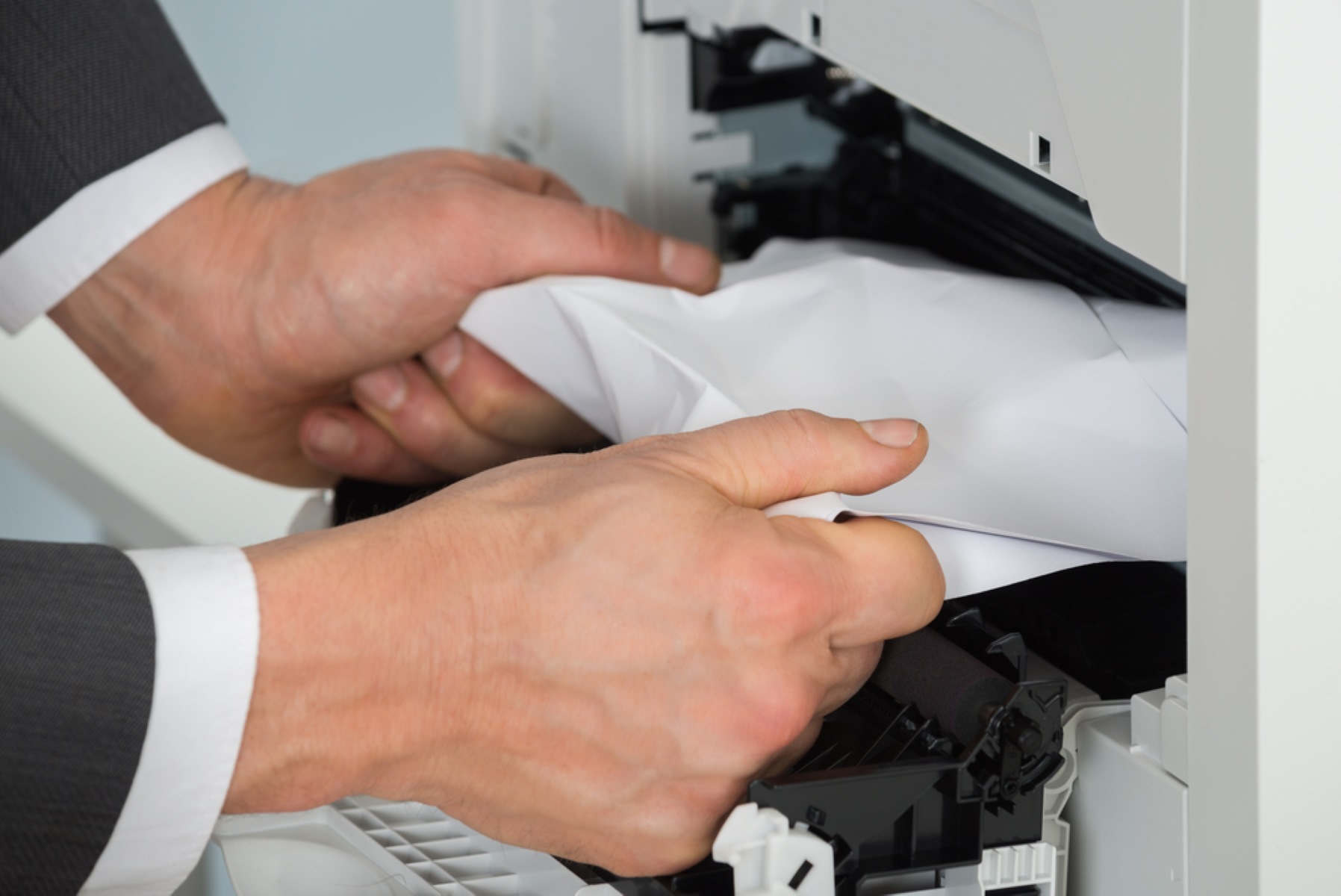
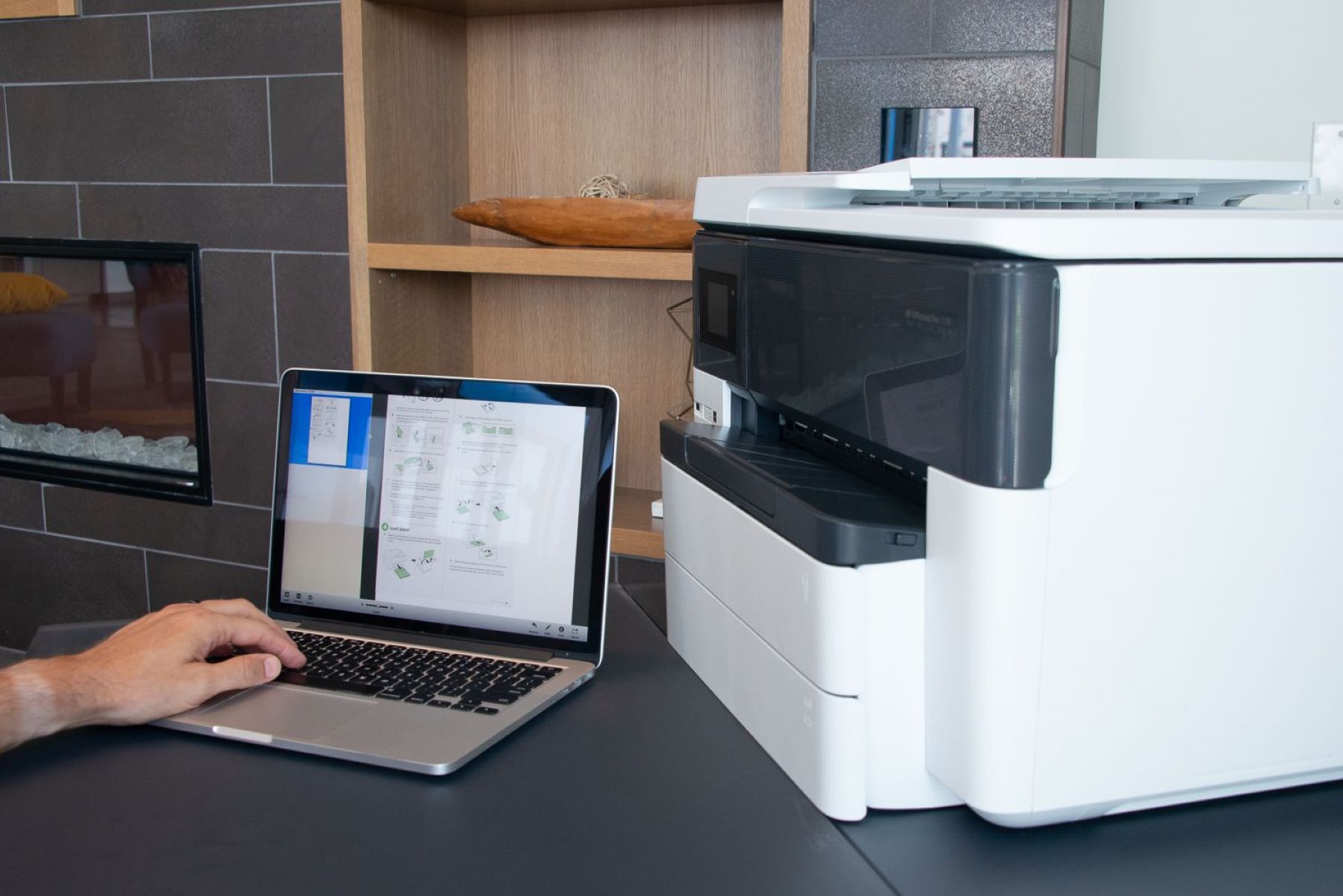
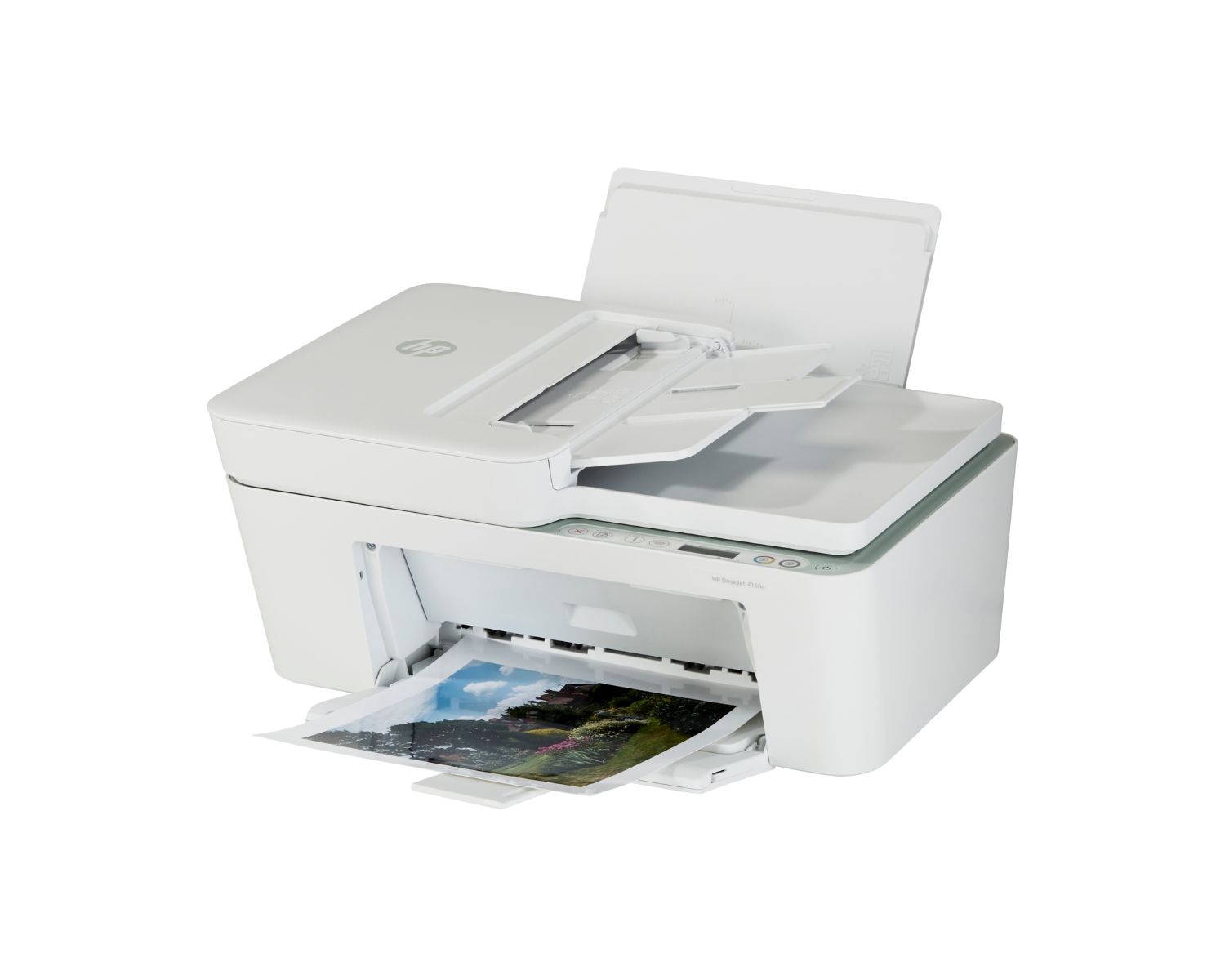
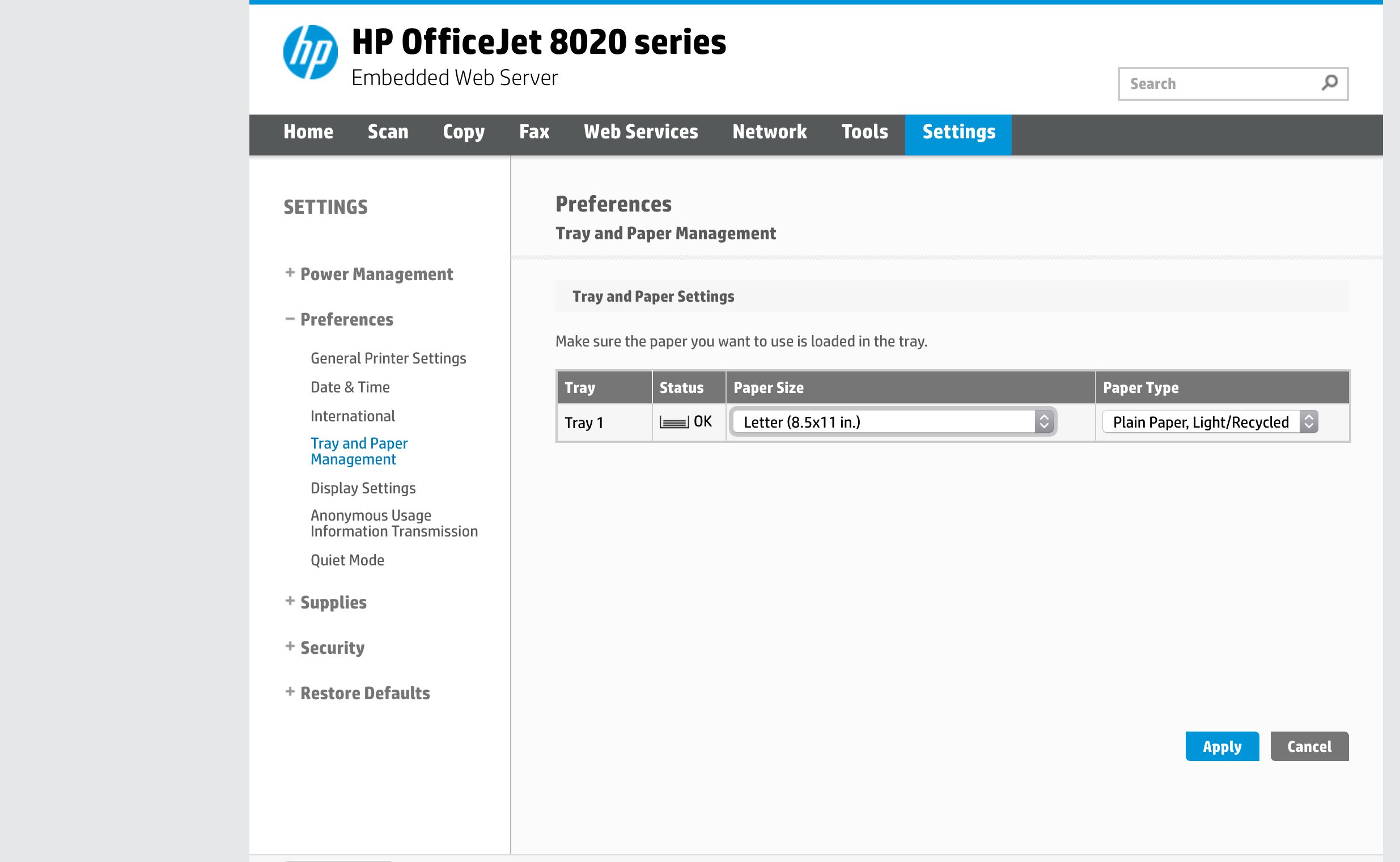
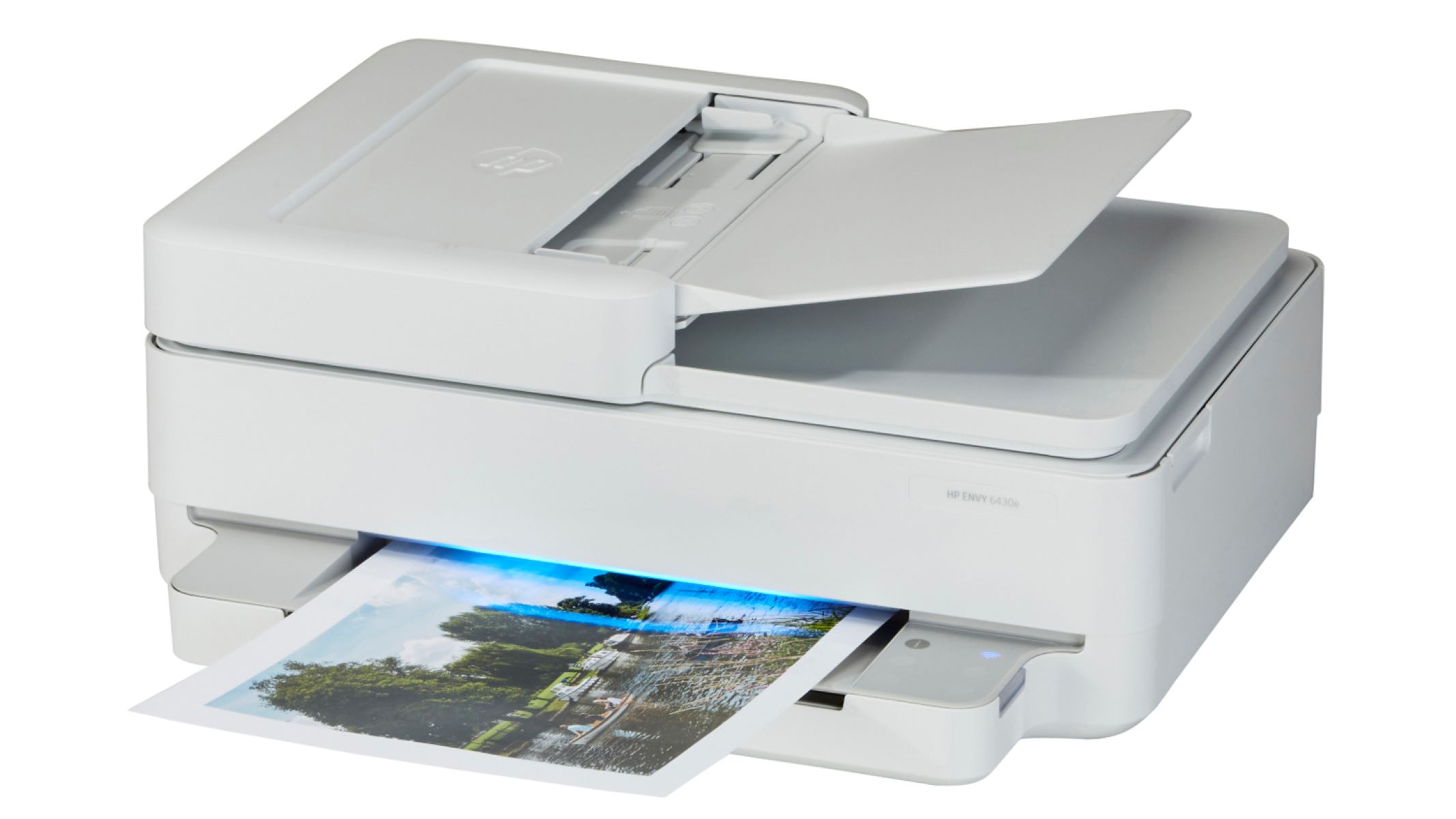
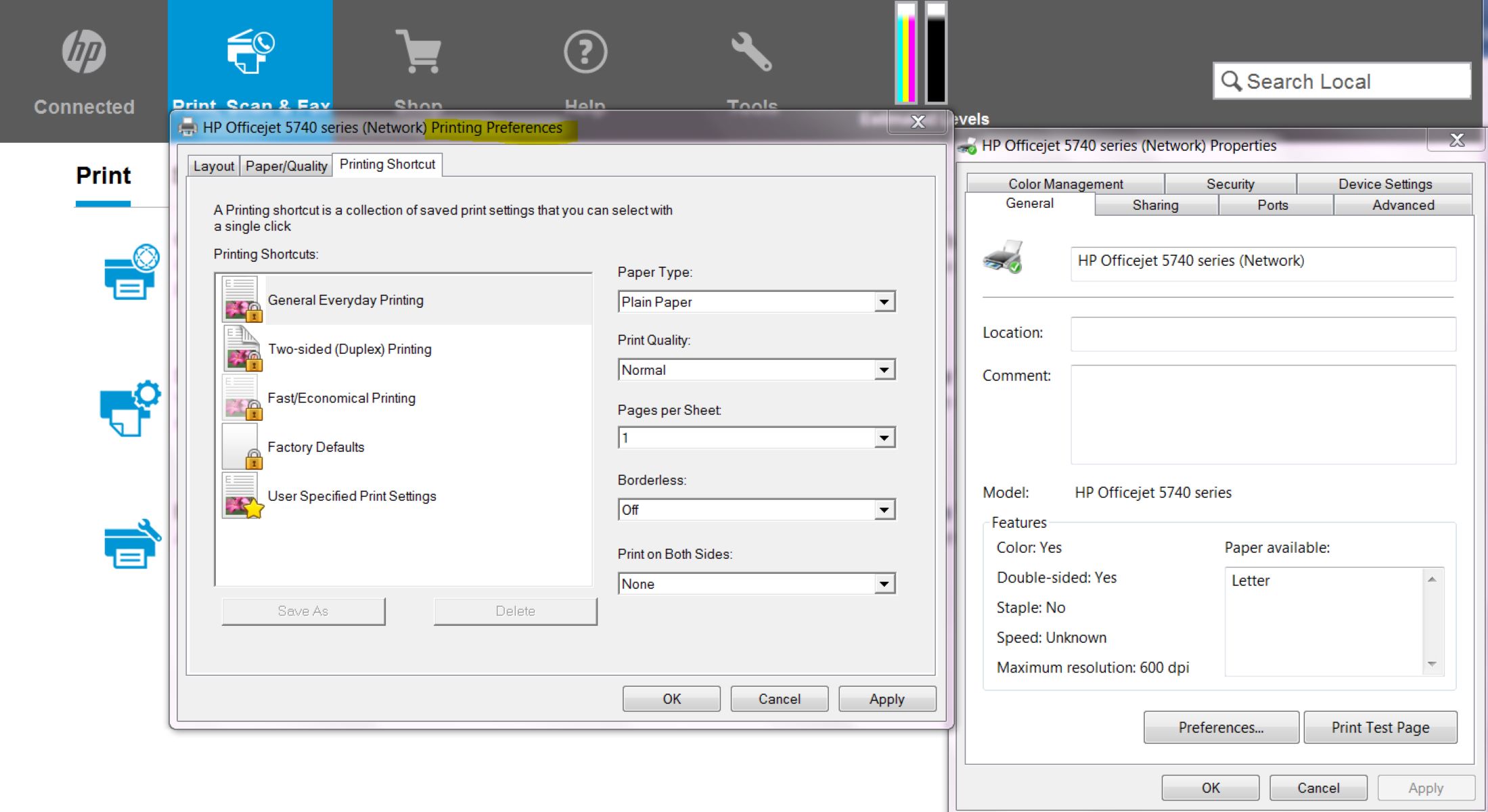
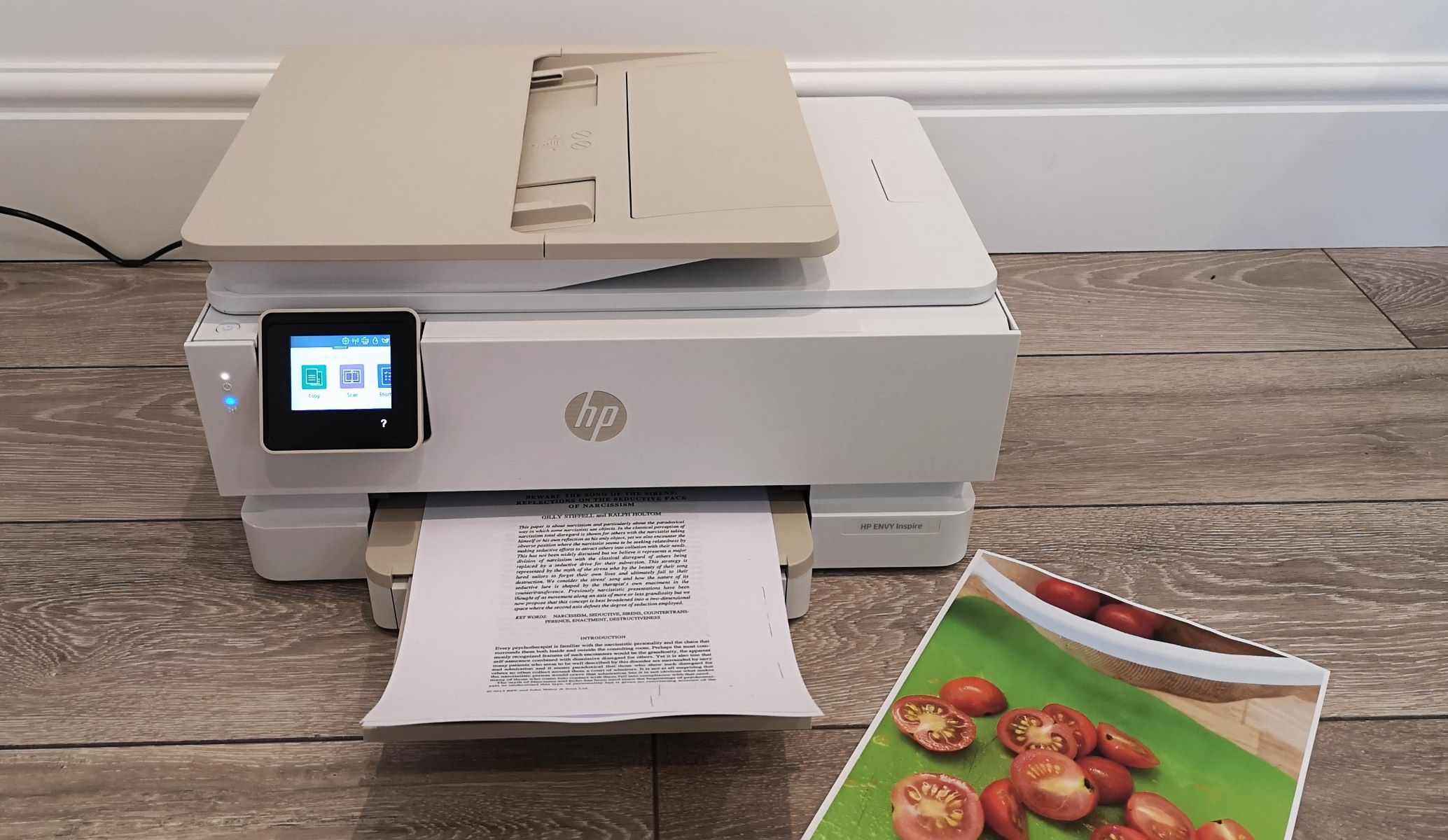
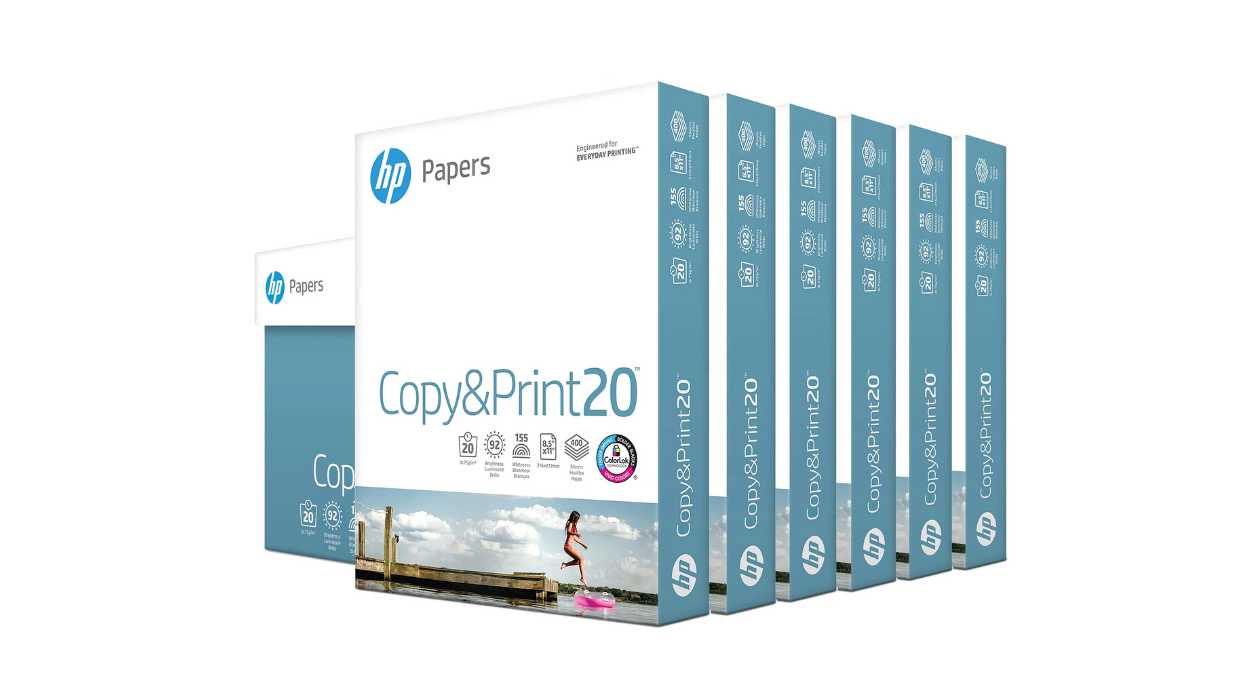
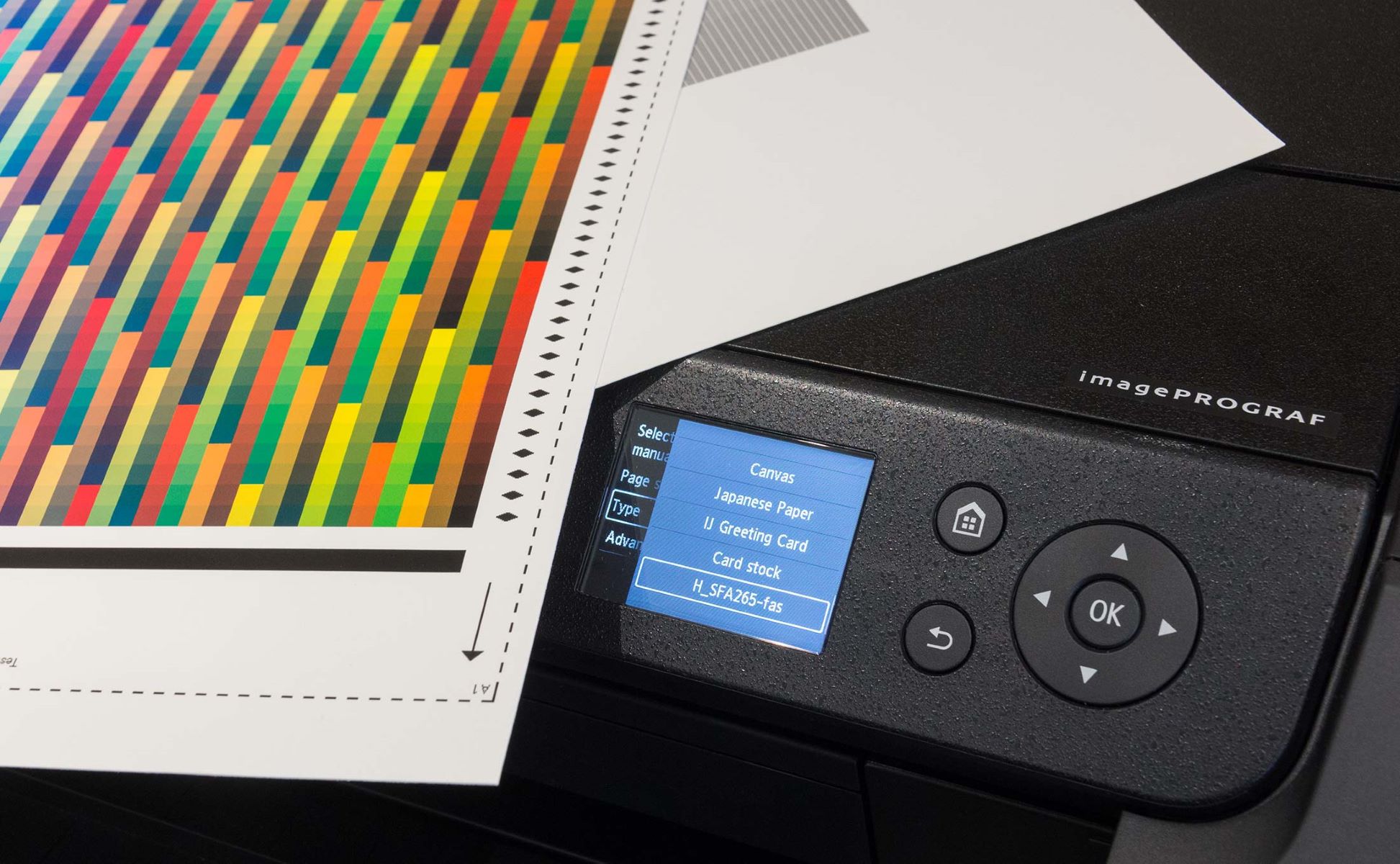
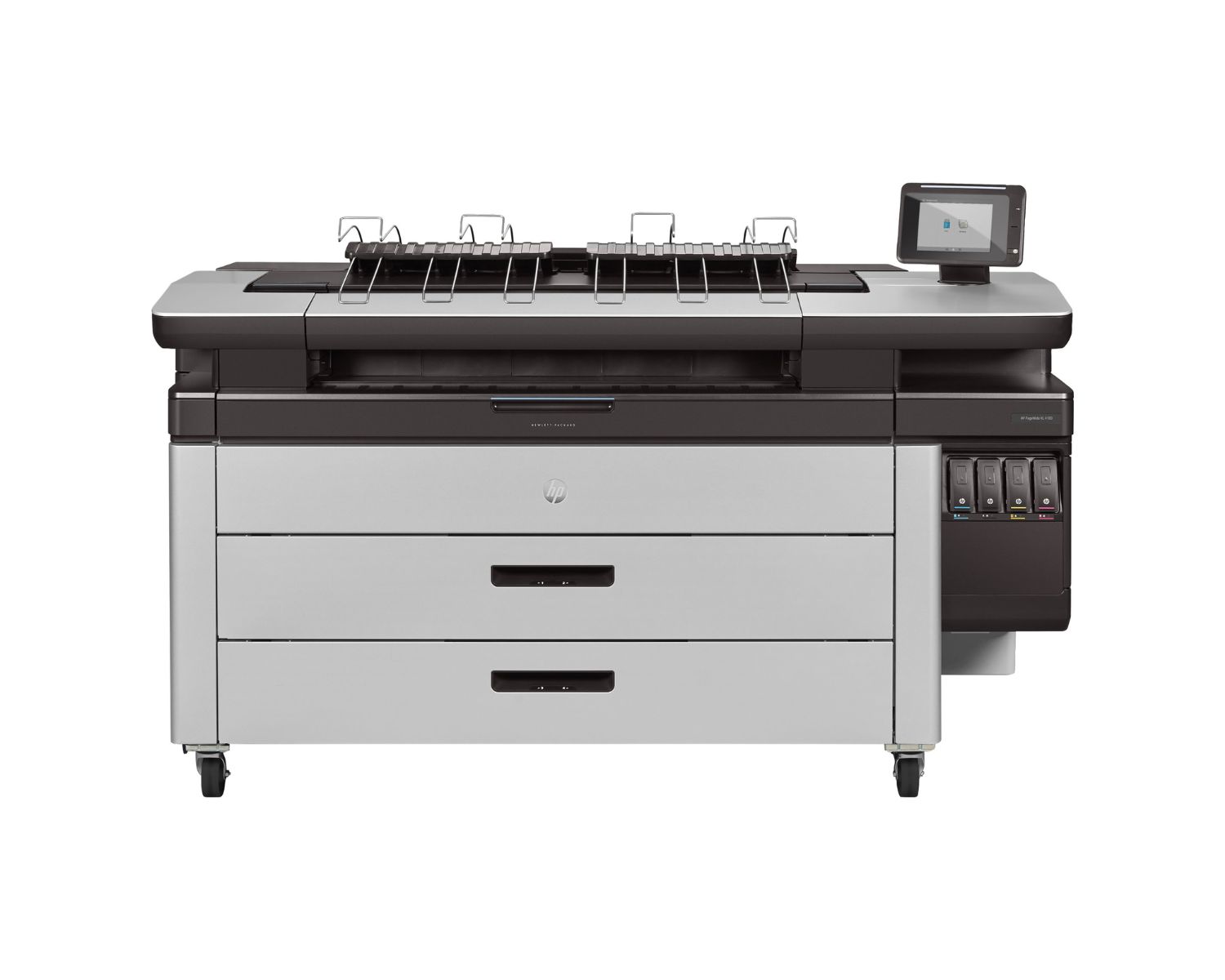
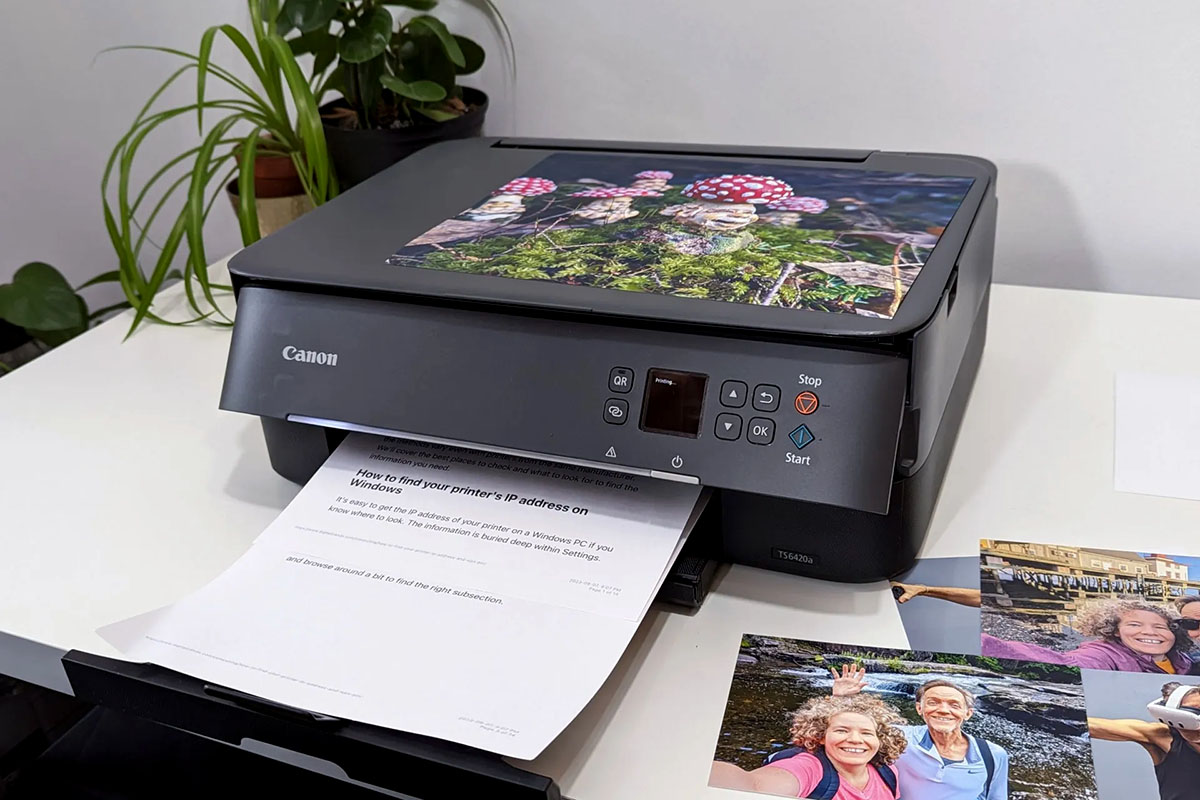
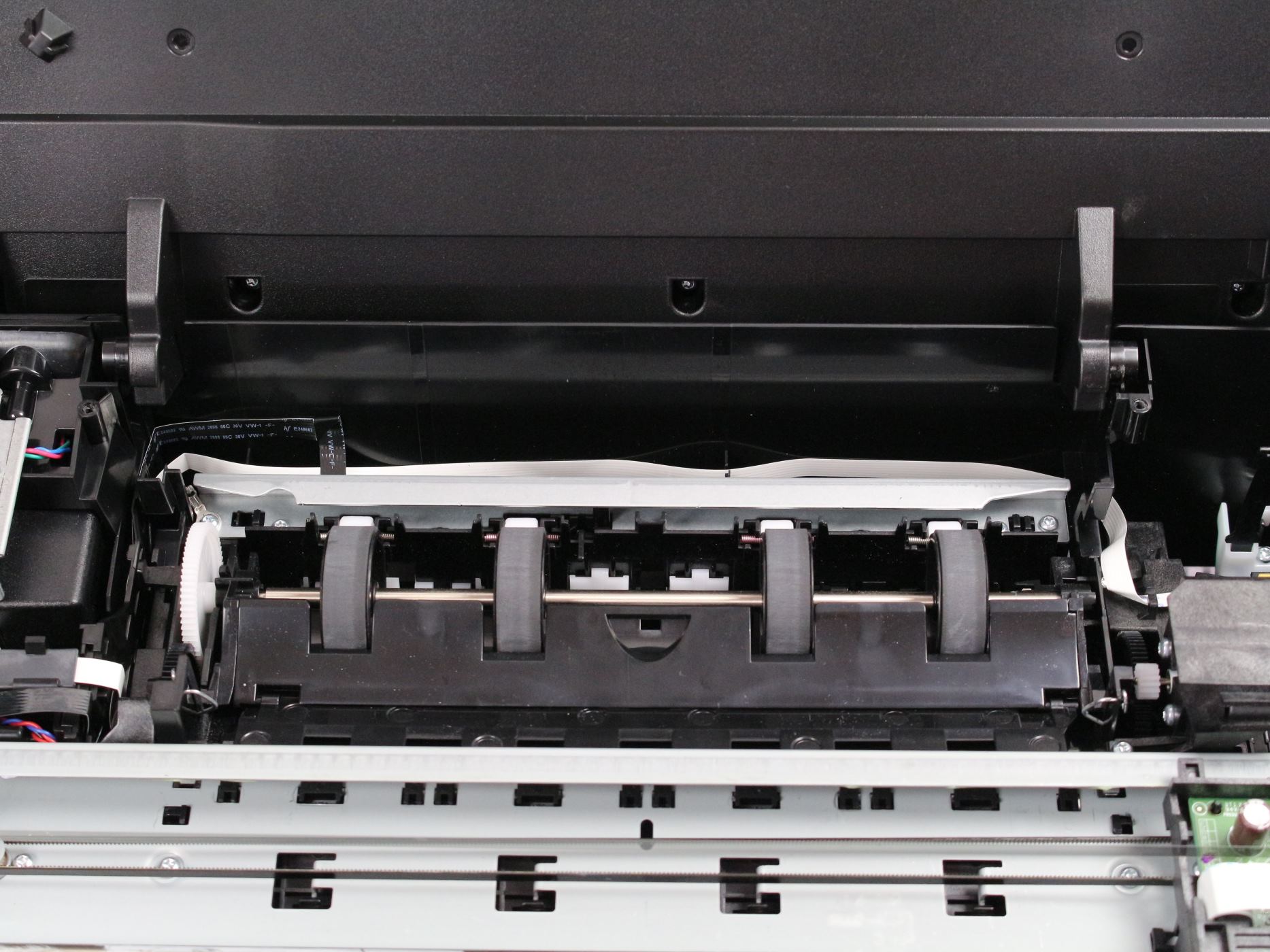
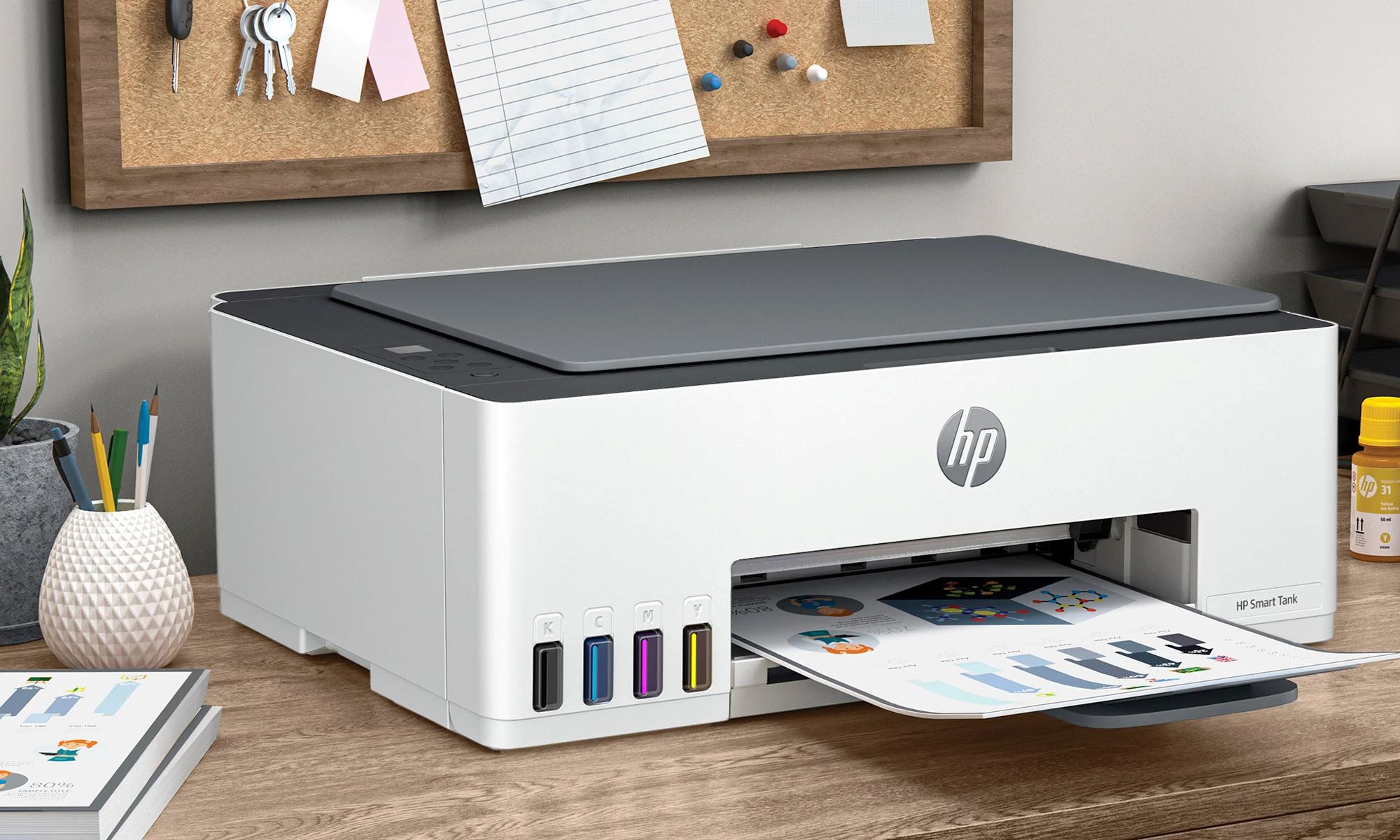
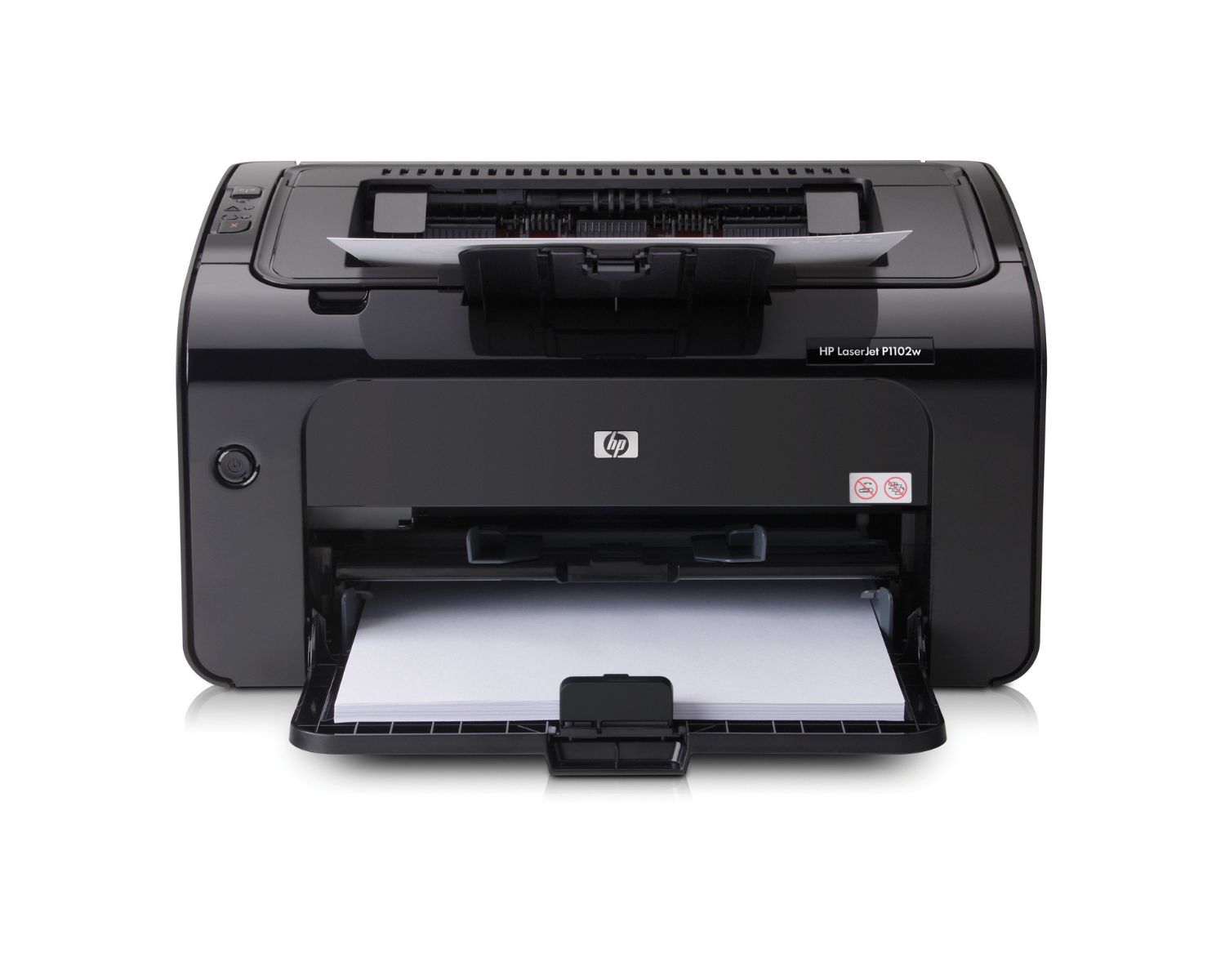

0 thoughts on “How To Change Paper Type On HP Printer”